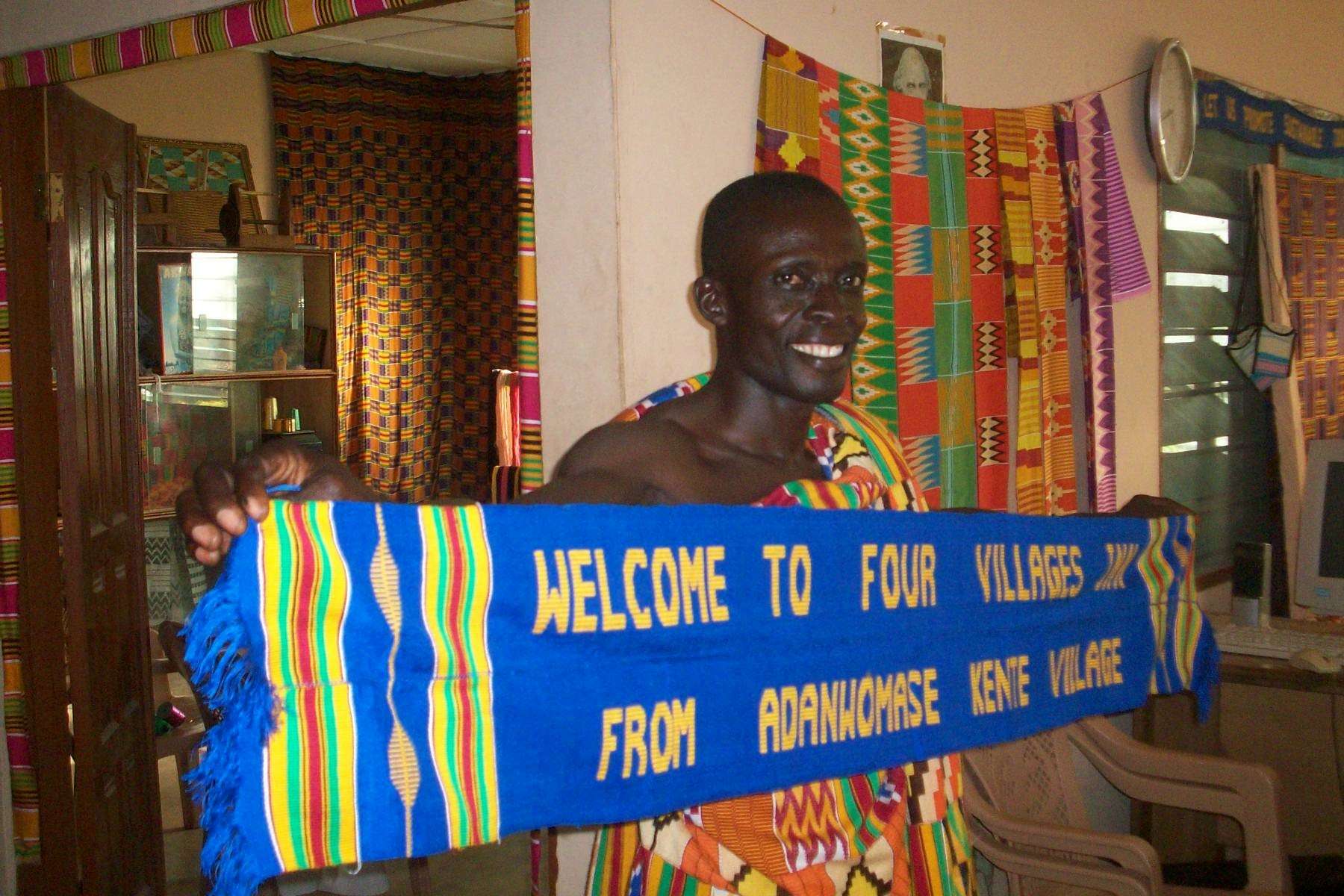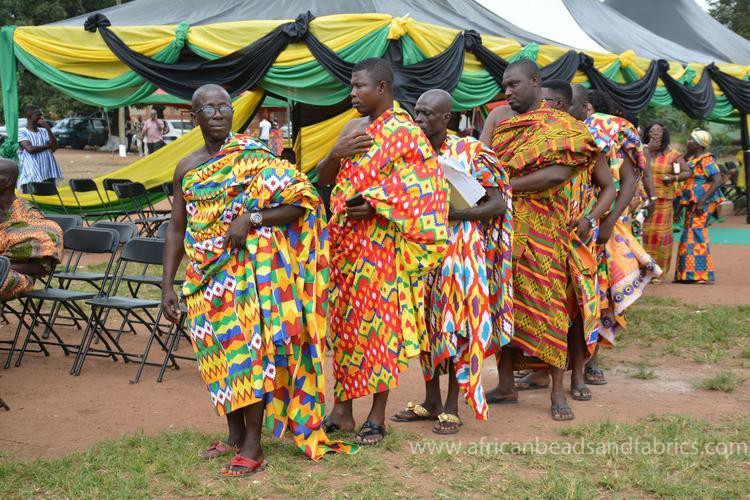Akatekyi Crocodile Pond: A Place...
September 29, 2025
Adanwomase, a town located in the Ashanti Region of Ghana, holds great historical and cultural significance as a hub for Kente weaving. The town, with a population of around 5,500 residents, is also close to Ntonso, another notable town known for its 'Adinkra' fabric.
Historical Significance
In 1697, Adanwomase played a crucial role in the development of Ashanti Kente Cloth. At the behest of the Ashanti King, apprentices from Adanwomase, along with towns like Bonwire, Asotwe, and Wonoo, travelled to Bontuku in present-day Ivory Coast to study strip-weaving. They returned with swatches of fabric, known as Sesea, which served as the foundation for Ashanti Kente Cloth. These swatches considered the earliest examples of true Ashanti Kente, are preserved in the Kente Chief's house in Adanwomase.
Cultural Significance
Adanwomase has been the designated royal weaving village for the Ashanti King since the apprentices' return from Bontuku. The art of Kente weaving spread throughout the community, with weavers incorporating their own designs and colours. Today, Ashanti Kente is recognized worldwide for its exquisite craftsmanship and cultural significance.

Kente Cloth and Tradition
Kente cloth, known as 'nwentoma' in the Akan language, is a fabric made from interwoven silk and cotton strips. The Akan ethnic group of southern Ghana, particularly the Ashanti Kingdom, has a deep-rooted association with Kente cloth. Over the centuries, the weaving tradition has evolved and become an integral part of Ghanaian and West African culture.
Rivalry with Bonwire
When it comes to Kente weaving, Adanwomase and Bonwire are two prominent towns in the Ashanti Region that vie for recognition as the best in the country. Although Bonwire may enjoy greater popularity due to its mention in various contexts, Adanwomase also prides itself on its weaving prowess. Kente weaving is the trade that defines Adanwomase's entire community.
The Kente Industry
Kente weaving, along with its associated commercial activities, plays a significant role in the economy of Adanwomase and other Kente weaving communities in the Ashanti Region. Recently, the town has embraced non-ecotourism as a vital industry, attracting visitors from all over the world. The opening of the Visitor Centre allows tourists to experience guided tours, witness weaving demonstrations, and learn about the history and cultural significance of Kente.
The Kente Festival
To further promote Kente cloth and position Adanwomase as a tourist destination, the town established a festival in 2018. The festival showcases the vibrant colours and intricate designs of Kente cloth, accompanied by cultural drumming, dancing, and a durbar attended by local chiefs, elders, and dignitaries from outside the town. This annual event celebrates the rich heritage and craftsmanship of Kente weaving.

Adanwomase stands as a cultural haven in the Ashanti Region, preserving the centuries-old tradition of Kente weaving. Its historical significance, rivalry with Bonwire, and the economic impact of the Kente industry highlight the importance of Adanwomase as a centre for promoting Ghanaian culture and attracting visitors from across the globe. The town's commitment to preserving and sharing the art of Kente weaving ensures its legacy for generations to come.
September 29, 2025
September 29, 2025
September 26, 2025
September 18, 2025
September 18, 2025
September 4, 2025
September 3, 2025
August 28, 2025
August 19, 2025
August 8, 2025